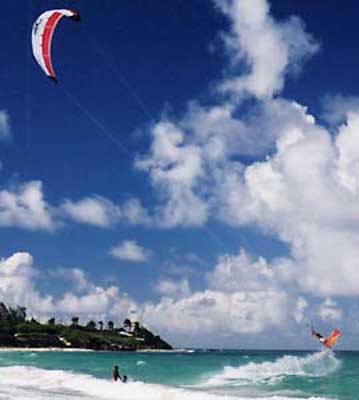
Kite Surfing – Basic Techniques
Kite surfing is the most popular extreme water sport now-a-days. This sport is entertaining as well as dangerous. One must know basic techniques of kite surfing to avoid injuries to self as well as other who are bystanders. Sports schools are there to teach kite surfing and its basic techniques.
Standard Techniques of Kite Surfing:
Turning: Turning is very important thing to know in this sport. If you are a beginner, then keep the kite in neutral position and learn stopping, bending back into the water, and practice it by turning kite in opposite direction. You can also learn heel turn job. This technique is executed quickly but requires skill. Board is slowed down and reversed the board by flattening rear foot and eventually making it to become the lead foot.
Controlling: Controlled flying and jumping are the thrills associated with kite surfing. Before jumping, the surfer has to build enough tension in the kite and board to gain required momentum. Though they give us more fun, they prove to be dangerous if you have not practiced well.
Board Grabs: Another thrill is grabbing the board while jumping or popping into the air with either hands. You can grab the board in various styles.
The more you practice the more thrills you can experience with this kite surfing sport.

Kite Surfing – Basic Techniques










